info@vivavel.com
+919818262686
+919818262686
 info@vivavel.com
info@vivavel.com +919818262686
+919818262686A beard transplant is a cosmetic procedure designed to create a fuller, well-defined beard. It involves extracting healthy hair follicles from a donor site, usually the back of the scalp, and implanting them into areas of the beard that lack density or have patchy growth.
The procedure begins with a consultation to plan the desired beard style and shape. Under local anesthesia, the surgeon carefully places the grafts to ensure natural-looking results. Depending on the number of grafts required, the surgery typically takes a few hours, and patients can usually return home on the same day.
In the first few weeks, the transplanted hair may shed; this is a normal phase that precedes new growth. Fresh beard hair generally appears within 3–4 months, with complete results becoming visible after 8–12 months.
A beard transplant is particularly suitable for men with patchy beards, scarring, or limited facial hair due to genetics. Since the follicles are taken from the patient’s own scalp, the new beard grows permanently and can be groomed like natural facial hair.
 An individual may consider a beard transplant if they experience:
An individual may consider a beard transplant if they experience:
Uneven or sparse facial hair that does not result in a full beard.
Areas in the beard region where hair does not grow.
Challenges in growing a beard can be attributed to genetic, hormonal, or skin-related factors.

 Many people choose to get beard transplants for a few reasons:
Many people choose to get beard transplants for a few reasons:
Genetics: If their family has a history of having patchy or thin facial hair.
Hormonal imbalances: Low testosterone levels can lead to poor beard growth.
Skin conditions: Scars, injuries, or burns that make it hard for hair to grow.
Medical conditions: Like alopecia areata, which affects hair growth.
If sudden hair loss occurs or there are changes in hair density in the beard area.
If there are scars, rashes, or bumps present in the beard area.
If you are considering improving the appearance of your beard through a cosmetic procedure, such as a beard transplant.
 Before undergoing a beard transplant procedure, the doctor typically conducts a series of assessments and tests to ensure the patient is a suitable candidate and to understand their current beard growth and skin condition. These assessments may include a physical examination to evaluate existing beard growth and skin condition, blood tests to identify any underlying health conditions that may affect hair growth, and a thorough scalp assessment to determine if there is an adequate number of healthy hair follicles in the donor area.
Before undergoing a beard transplant procedure, the doctor typically conducts a series of assessments and tests to ensure the patient is a suitable candidate and to understand their current beard growth and skin condition. These assessments may include a physical examination to evaluate existing beard growth and skin condition, blood tests to identify any underlying health conditions that may affect hair growth, and a thorough scalp assessment to determine if there is an adequate number of healthy hair follicles in the donor area.
 Do's:
Do's:
Carefully follow the post-procedure instructions provided. Use the prescribed ointments or medications to promote healing and prevent infection.
Keep the treated area clean and dry to minimize the risk of infection and irritation.
Take the prescribed painkillers to manage any discomfort or pain following the procedure.
When sleeping, try to keep your head elevated to reduce swelling and minimize bruising.
 Don'ts:
Don'ts:
Refrain from touching or rubbing the treated area to avoid dislodging the grafts and interfering with the healing process.
Avoid engaging in strenuous activities such as exercising or heavy lifting, as they can impede the healing process.
Do not shave the treated area for at least 10-14 days post-surgery to prevent irritation and potential damage to the treated area.
It's advisable to abstain from smoking and consuming alcohol, as both can slow down the healing process and increase the risk of complications.
Disclaimer:
Our medical content authors have diligently gathered and synthesized information on this topic to offer valuable insights to our readers. Drawing from a range of reputable medical journals and health resources, this content aims to enhance understanding of the subject. It's essential to remember that while this information is informative, it should not replace personalized consultation or treatment from a qualified healthcare professional. For further details, please refer to our Editorial Policy.
For this topic, our authors used some of the following resources:
Healthline | What to Know About Beard Implants
National Institutes of Health (NIH) | Beard and Moustache Reconstruction

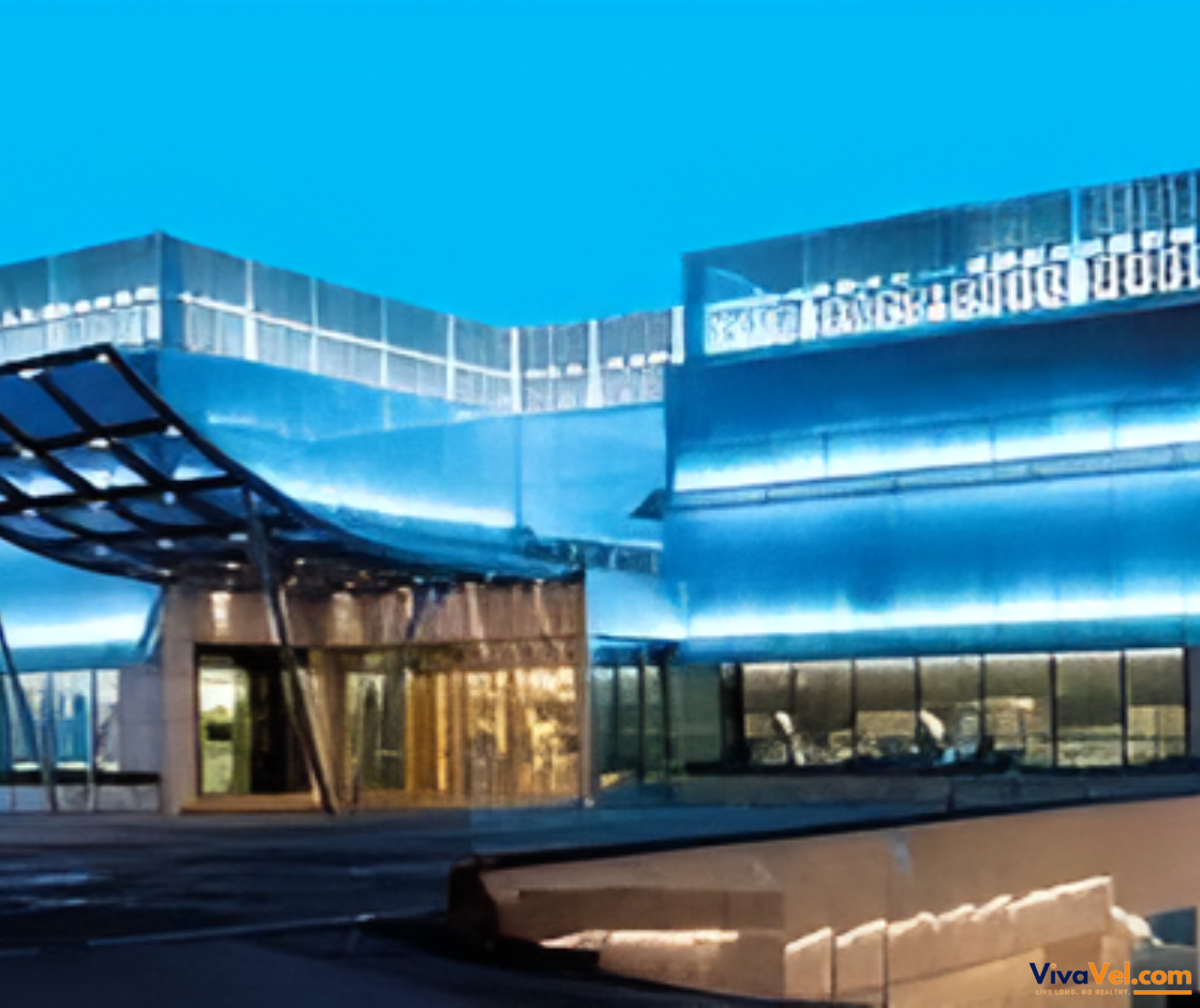
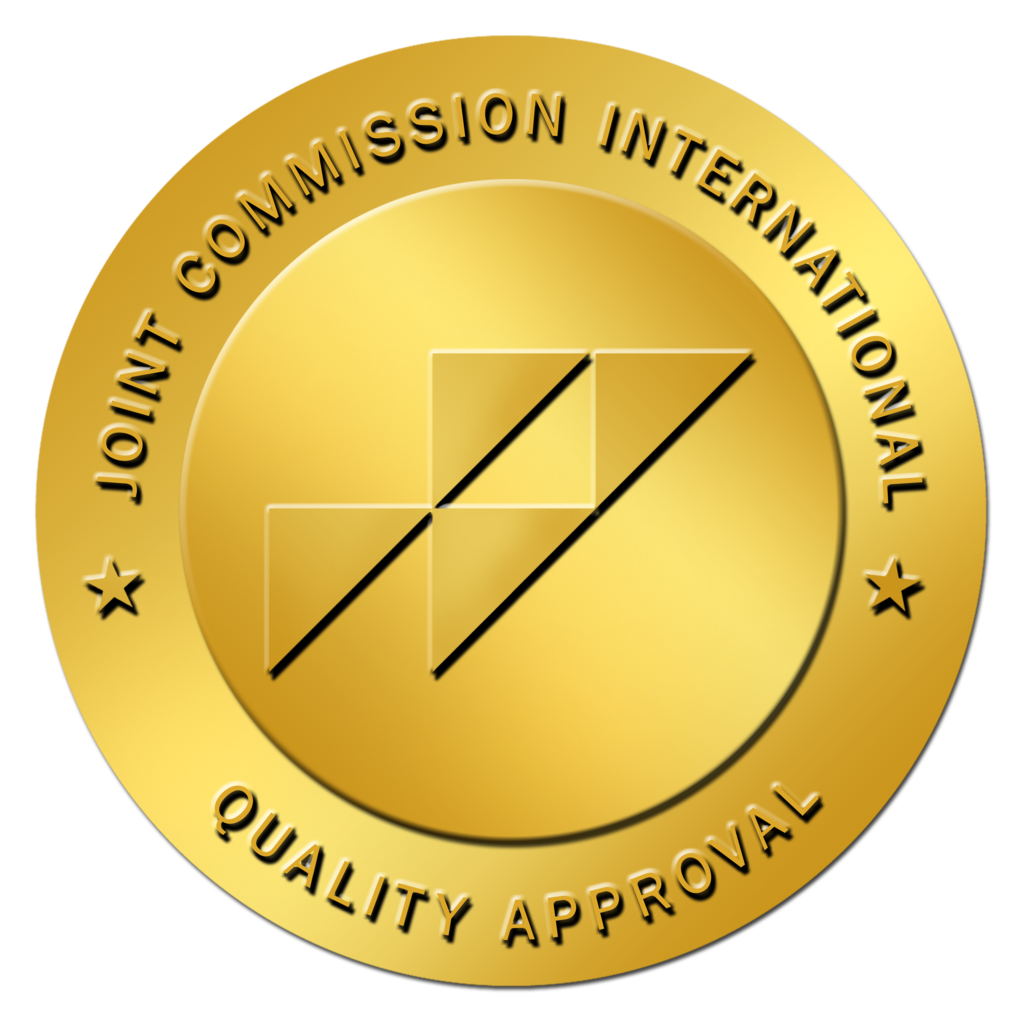
![]() Ahmet Adnan Saygun Cad. Canan Sok. No:5, Ulus, Beşiktaş, 34340 Istanbul, Turkey
Ahmet Adnan Saygun Cad. Canan Sok. No:5, Ulus, Beşiktaş, 34340 Istanbul, Turkey
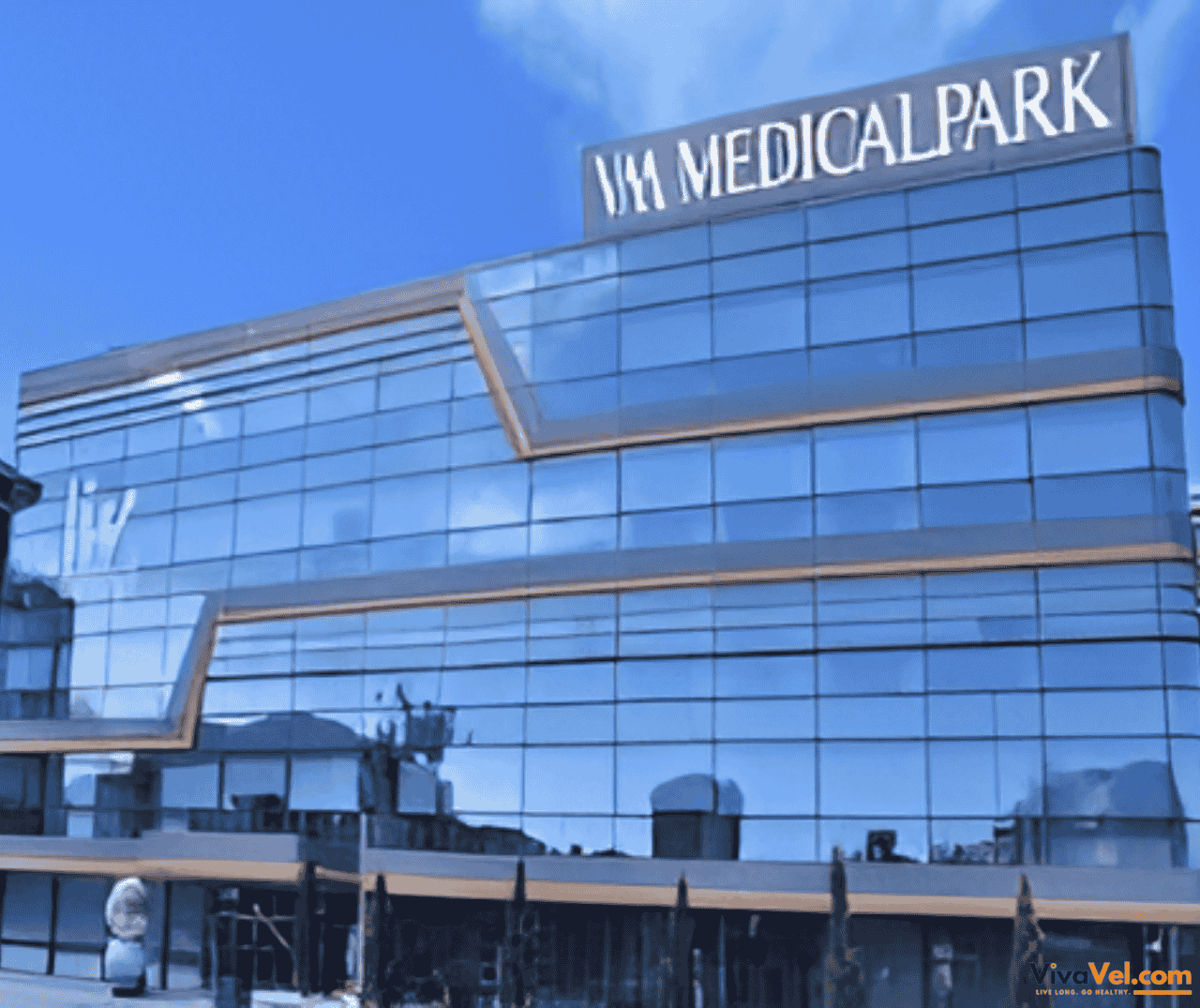

![]() Beşyol Mah. Akasya Sok. No:4, Florya, Küçükçekmece, 34295 Istanbul, Turkey
Beşyol Mah. Akasya Sok. No:4, Florya, Küçükçekmece, 34295 Istanbul, Turkey

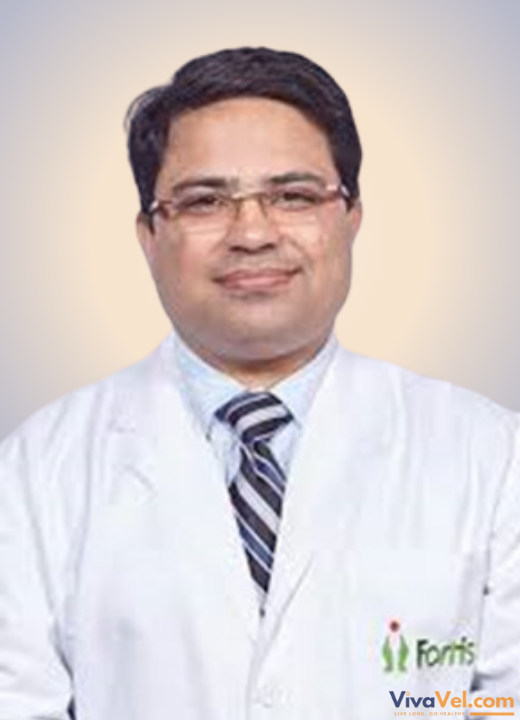
Dr. Vivek Vij is an accomplished liver transplant surgeon credited with developing living donor surgery and implementing safety protocols to achieve a 100% donor safety profi...
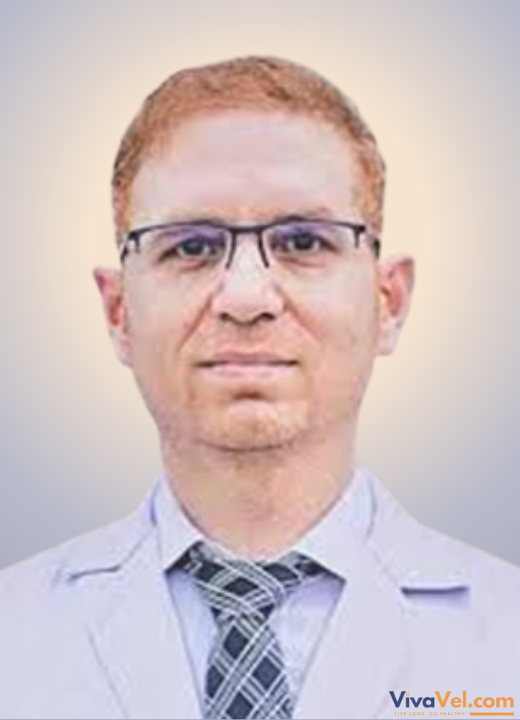
Dr. Mohd. Qaleem is a prominent Liver Transplant, Hepatobiliary, and Gastrointestinal Surgeon with more than 15 years of experience in his specialty. He focuses on Ad...
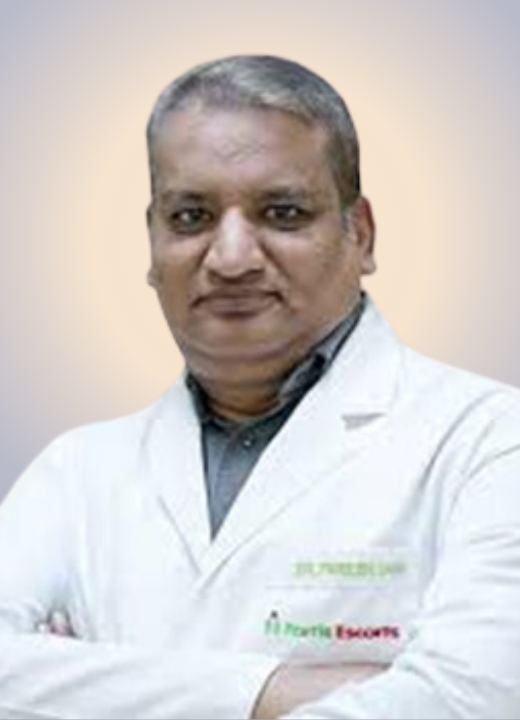
Dr. Paresh Jain is the director of urology and has over 16 years of rich experience. He specializes in Laparoscopic Urology, Endourology - URS, PCNL, RIRS, TURP, Lase...
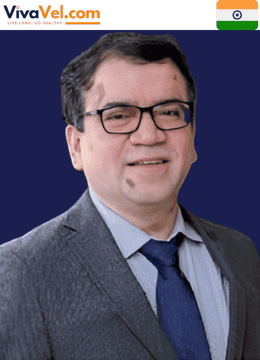
Dr. Subhash Gupta is an esteemed figure in liver transplantation, serving as the Chairman of the Max Centre for Liver and Biliary Sciences. This center is recognized ...
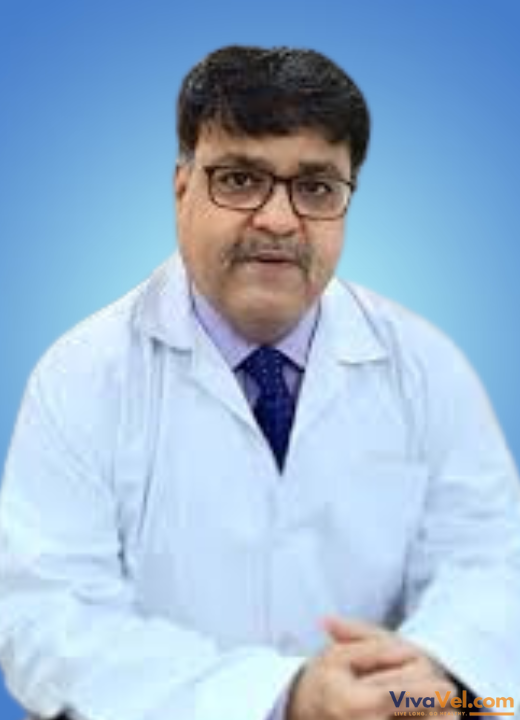
Dr. Hitesh Chavda is a leading Surgical Gastroenterologist and Liver Transplant Surgeon in Ahmedabad, Gujarat. With over 23 years of experience, he has established hi...

Dr. Sonal Dalal is a highly respected nephrologist in Ahmedabad. She is renowned for her extensive experience and expertise in kidney-related ailments. She se...
Treatment Plan & Cost within 2 days
